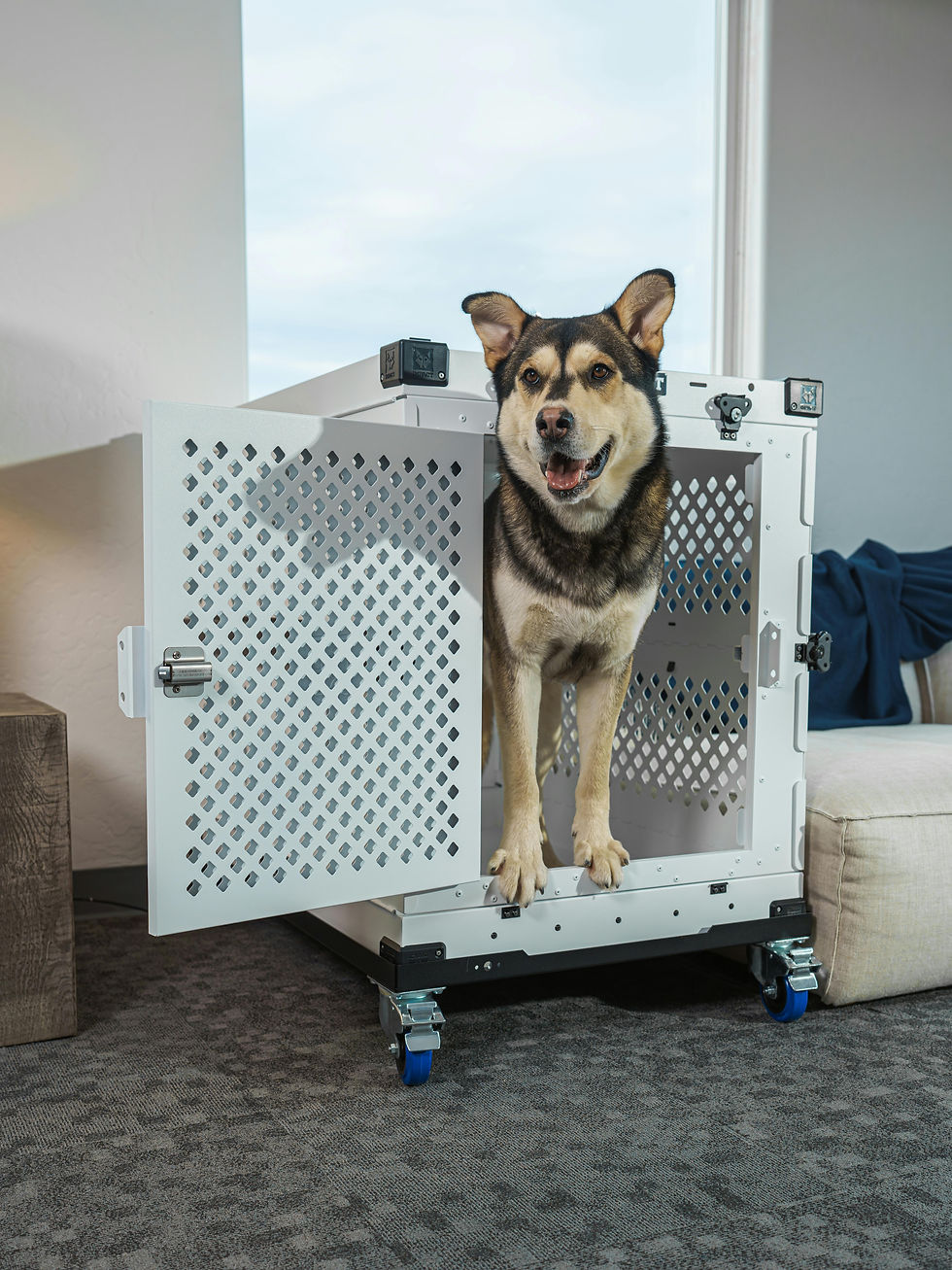The Realities of Multi-Dog Households: What You Need to Know Before Adding a Second Dog
- ahoesch
- Sep 3
- 2 min read
I have lived most of my life in a multi-dog household, and I can say from experience—it is incredibly rewarding, but it is also a lot of work. Many people assume that adding a second dog will be an easy way to give their first dog companionship, improve behavior, or fix existing issues—but that is rarely the case.

A Second Dog Will Not “Fix” Your First Dog
One of the biggest misconceptions is that bringing in another dog will teach your first dog manners, ease separation anxiety, or reduce loneliness. In reality, behavioral issues rarely improve on their own. In fact, a second dog can sometimes pick up unwanted habits from the first dog, and in some cases, these behaviors may even intensify.
Take separation anxiety as an example. If your first dog struggles when you leave the house, a second dog will most likely develop it as well. Suddenly, you have two dogs panicking when you leave, and they may even struggle being apart from each other. The stress doubles, and so does your work as a pet parent.
What You Need to Consider Before Adding Another Dog
1. Training Effort Doubles
Every dog has unique needs, learning styles, and personalities. Training doesn’t divide—it multiplies. Different breeds also bring different energy levels, intelligence, and temperaments. This means that routines, exercise schedules, and mental stimulation must be tailored individually, which can be challenging to manage simultaneously.
2. Individual Attention is Critical
Even in a multi-dog household, each dog requires dedicated attention. Mental stimulation, structured exercise, and consistent guidance are essential for healthy development and good behavior. Dog-to-dog interaction is not a substitute for proper training or mental engagement.
3. Pack Dynamics Can Create Conflict
Dogs have personalities, hierarchies, and preferences. Introducing a new dog can quickly create competition or tension over resources, space, or even your attention. Without careful management, jealousy and conflict can arise, and one dog may develop behaviors that weren’t present before.
4. Financial Commitment Increases
More dogs mean higher costs. Twice the food, vet visits, grooming, training supplies, and potential medical emergencies all add up. Multi-dog households are a significant financial investment on top of the time and energy required.
Making the Right Choice
Adding a second dog should never be about “fixing” your first dog. It should be a choice you make because you are ready to fully commit to training, caring for, and understanding another dog, while continuing to meet your first dog’s needs.
For someone like me, who loves working with dogs and navigating the needs of different breeds and personalities, multi-dog households can be incredibly rewarding—but they require patience, planning, consistency, and a true dedication to meeting each dog’s individual needs.
Multi-dog households can be full of love, companionship, and energy—but they are not a shortcut to solving behavioral challenges. They require preparation, structure, and ongoing effort. If you are ready for the commitment, the rewards are immense—but it’s important to approach it with honesty, awareness, and dedication.



Comments